There is Just One More Step!
COACHING PROGRAMS
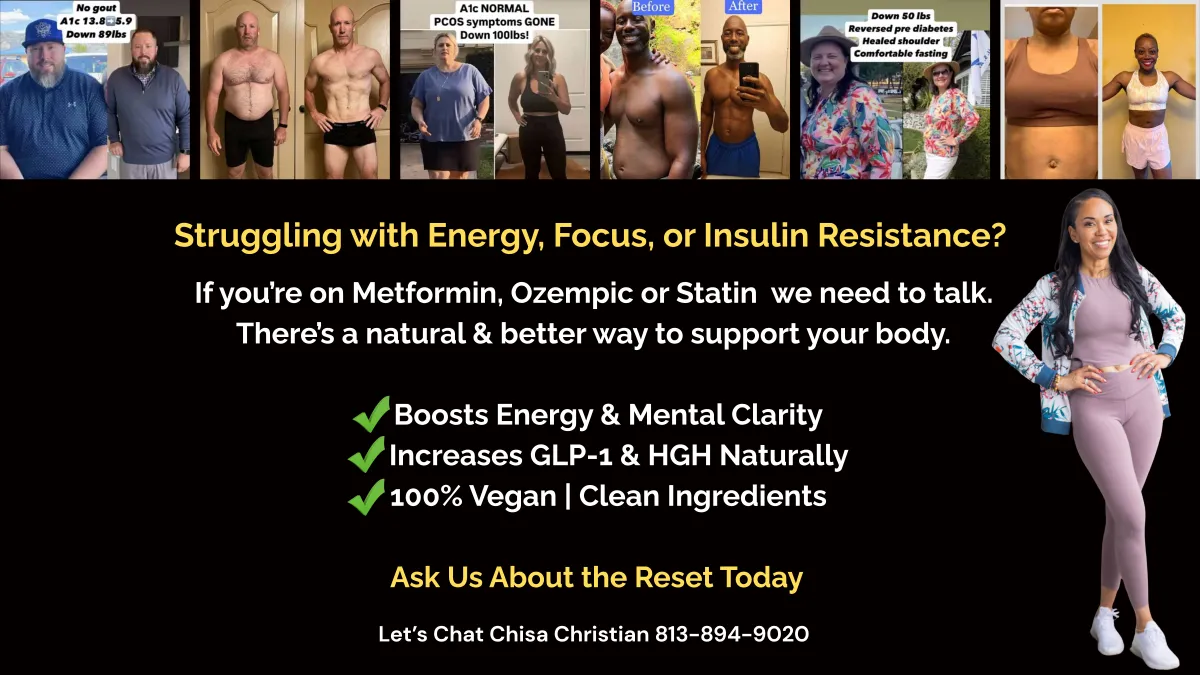
You don’t feel like yourself anymore. Imagine the weight moving, the fog lifting, your energy steady again. How would it feel to finally thrive instead of just survive?
I’m Chisa Christian, a retired Air Force veteran of 20 years and a health and mindset coach. I help people break free from survival mode so they can finally thrive. I struggled with low energy, cravings, and mental fog for years.
Nothing worked until this. Now, I feel focused, in control, and energized every single day. My mission is to help you experience that same clarity and freedom so you can rise and truly thrive.
You’re not lazy. You’re not weak. You’ve been sold bad advice:
"Eat less and just push harder at the gym."
"Cut out all carbs forever."
"Suffer now to feel better later."
This approach destroys your metabolism, spikes your cravings, and leaves you in an endless cycle of burnout.
Did you know?
When you’re stressed, your body produces cortisol. Elevated cortisol keeps your body in “survival mode,” which:
Raises blood sugar levels
Triggers cravings and belly fat storage
Makes weight loss harder — even when you’re “doing everything right”
This is why the Reset System matters.
Unimate + Balance work together to calm cravings, support healthy glucose response, and reset your metabolism — helping your body finally let go of the weight and stress that’s holding you back.
Double Your Revenue from The Comfort of Your Home with our Proven Digital Product Mastery Blueprint System!
Tap into Your True Potential with This In-Depth Online Training and eBook Bundle

This Digital Product Mastery Blueprint System is packed with all the strategies, insights, and techniques you need to succeed even with zero experience. You need this insider information to take this FREE Digital Product Masterclass to the next level!
The Solution
The Feel Great Protocol is a science-backed system that helps if you:
✅ Snacking, Over-Eating, Cravings
✅ Weight Control
✅ Fatty Liver
✅ Insulin Resistance
✅ Diabetes
✅ PCOS/ED
✅Cholesterol/Triglycerides
✅ Gut Health
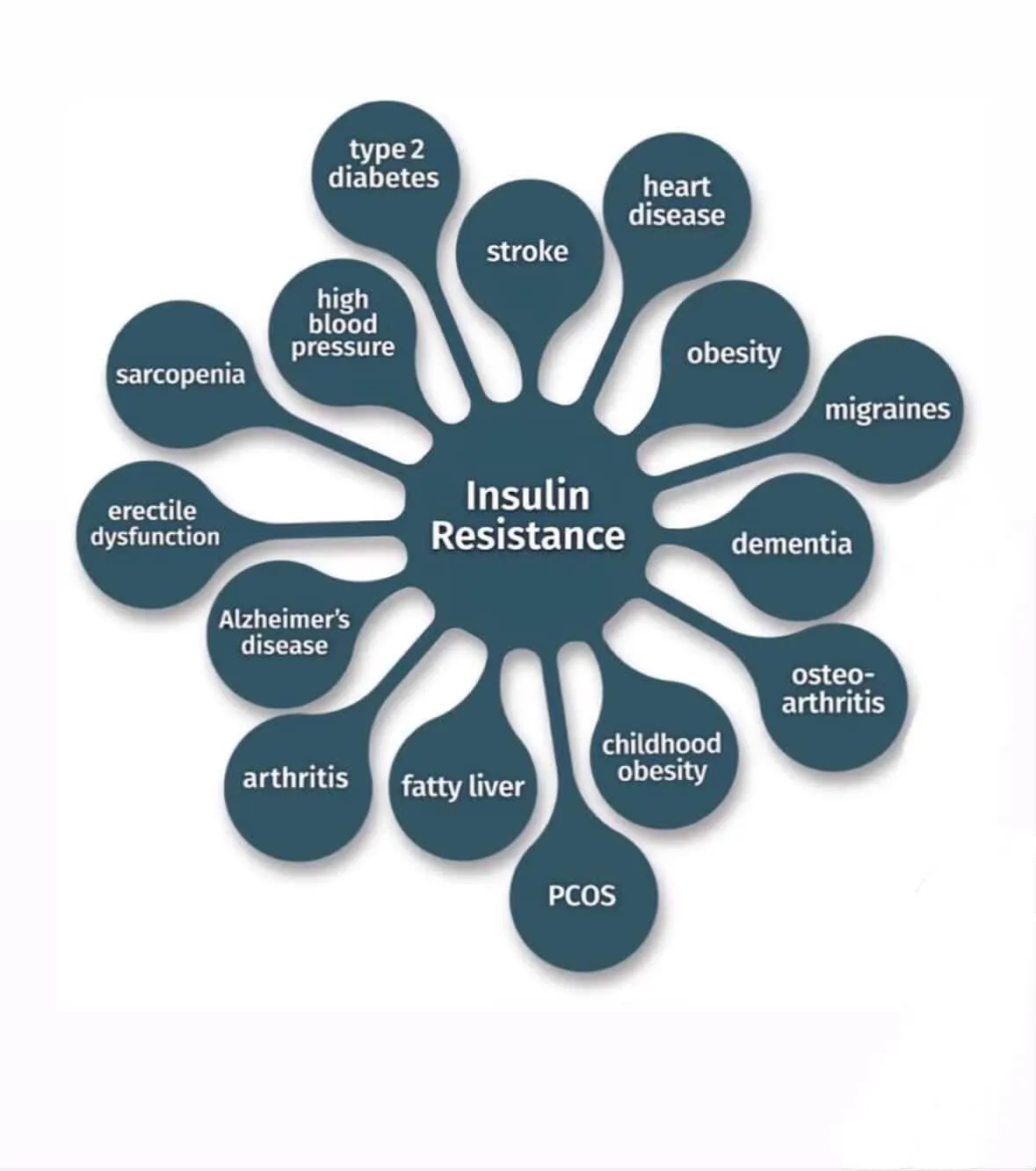
Insulin Resistance, a condition where the body's cells become less responsive to insulin, a hormone that helps control blood sugar. Over time, this forces the body to produce more insulin, leading to multiple serious health issues.
When you don’t address insulin resistance, you’re not just risking diabetes you’re opening the door to a whole cascade of chronic illnesses that can derail your health, independence, and quality of life.
This is a wake-up call. Instead of ignoring early signs like constant fatigue, sugar cravings, or stubborn belly fat, this image encourages you to take action now through diet, exercise, stress management, and lifestyle changes to protect your future self.
Forward-thinking move: Start tackling insulin resistance today, and you’ll be building a stronger foundation for your entire body and mind tomorrow.
Why most people choose subscription
Why pay more when you can get more
$159 with subscription (vs. $169 one-time)
Extra 10% OFF every subscription order
FREE delivery — straight to your door
FREE hand mixer with your first subscription
Cancel anytime, no strings attached
This isn’t just a purchase—it’s a lifestyle upgrade packed with value.
Try it, love it… or cancel anytime. No risk, all reward.
Choose Order the System below and unlock your bonuses.
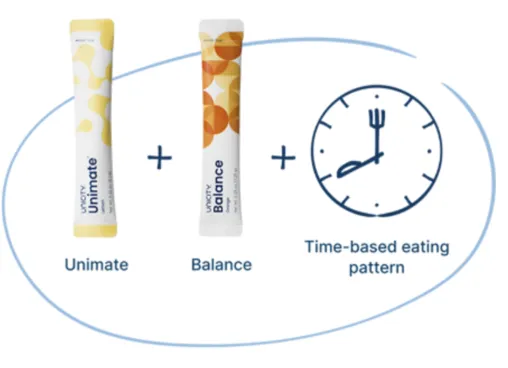
Order The System
Lifetime Discount Pricing

What is the protocol
This video explains the protocol

Just The Maté Extract
Lifetime discount when you order direct from factory. Message me for link if outside the USA!
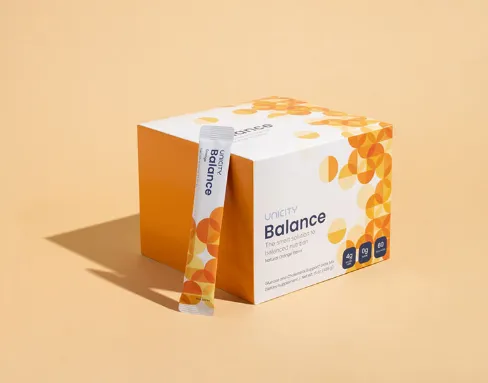
Just The Fiber Packets USA
Lifetime discount when you order direct from factory. Message me for link if outside the USA!
Shop All Products
From daily wellness essentials to targeted health solutions explore vitamins, supplements, shakes, and more.
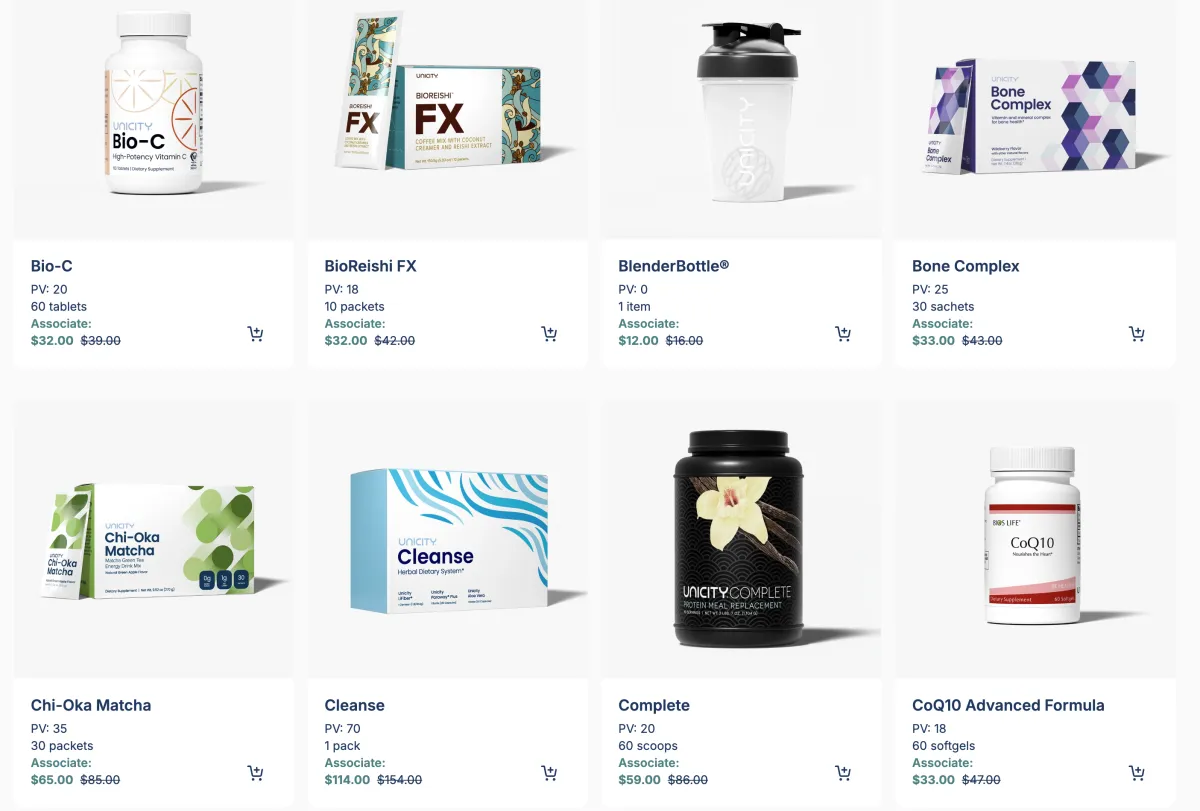
Testimonials
PCOS, Weight Loss,
T2 Diabetes
Cholesterol, Weight Loss, A1C, Triglycerides
A1C, T2 Diabetes,
High Blood Pressure
cholesterol, T2 Diabetes, A1C High Blood Pressure, Weight Loss
Small Call to Action Headline
Drinking Water: What People Need To Know
* The old “8 cups a day” advice? Outdated and oversimplified.
* A better guideline: half your body weight in ounces per day (e.g., if you weigh 160 lbs, aim for ~80 oz daily).
* Factors that increase your need: heat, exercise, caffeine intake, high-protein diets.
* Dehydration doesn’t just cause thirst — it slows your metabolism, reduces mental clarity, and can mimic hunger cravings, leading to overeating.
Pro tip: If your urine is dark yellow (not from vitamins), you’re behind on hydration
Steps Per Day: What’s Really Recommended
* The famous 10,000 steps/day is a marketing number (originally from a 1960s Japanese pedometer campaign).
* Research shows 7,000–8,000 steps/day is enough to significantly reduce risk of death and improve health markers.
* If your goal is weight loss or higher fitness, you can push for 10,000+ steps/day, but it’s not mandatory.
* For more tailored targets:
* Sedentary people: under 5,000 steps/day.
* Somewhat active: 7,500–9,999 steps/day.
* Active: 10,000–12,499 steps/day.
* Highly active: 12,500+ steps/day.
Reminder: Steps alone won’t build muscle or replace strength work, but they’re a solid foundation for daily movement.
Calories: The Misunderstood Game
* People love to say “just eat less,” but chronic undereating can backfire badly.
* Basal Metabolic Rate (BMR): The calories your body needs at rest just to function (heart, lungs, brain, etc.). If you eat below this too long, your body thinks it’s starving and slows down your metabolism.
* Total Daily Energy Expenditure (TDEE): BMR plus your activity calories. This is what you really burn in a day.
Severe restriction effects:
* Muscle breakdown (not just fat loss)
* Slowed thyroid function
* Hormonal imbalances (especially in women)
* Higher fat storage once you resume normal eating
Examples:
If a woman’s TDEE is 2,000 but she only eats 1,000, she might lose weight initially. But her metabolism slows, energy drops, and she may regain weight faster later — often as more fat than muscle.
Healthy Calorie Deficit Range
* A safe, sustainable deficit is usually 15–20% below TDEE.
* Example: TDEE = 2,000 → daily intake ~1,600–1,700.
* Losing 0.5–2 lbs per week is a healthy range.
What Happens When You Eat Too Little?
* Body shifts into “preservation mode,” holds on to fat, and burns muscle for fuel.
* Stress hormones (like cortisol) spike, increasing cravings and water retention.
* Long-term, it can cause hair loss, brittle nails, mood swings, and extreme fatigue.
How To Calculate Your Baseline Needs (simplified)
1️⃣ Find your BMR (many online calculators based on age, sex, height, weight).
2️⃣ Multiply BMR by activity factor:
* Sedentary: 1.2
* Lightly active: 1.375
* Moderately active: 1.55
* Very active: 1.725
* Extra active: 1.9
3️⃣ Adjust for your goals (slight deficit for fat loss, surplus for muscle gain).